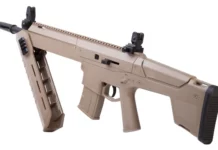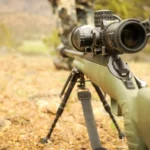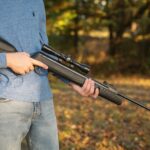No posts to display
Popular Posts
What Is An Air Rifle?
If you have stumbled upon this article, chances are that you probably have a pest problem at your house. This is a very common...
Air gun 101: What is a PCP air rifle? Is PCP gun the best...
A PCP air gun is one of five types of air rifles in the market today.
PCP air guns have become more and more...
Best Distance for Sighting In an Air Rifle
Shooting with an air rifle always seems like a thrilling experience, but if you are a newbie then you have lots to learn.
One...
Air Gun 101: How many types of Air Gun Sights are there and which...
The former American president, Joe Biden, was recently quoted saying:
If you need more than ten rounds to hunt, you better stop that business and...
Air gun 101: Everything you need to know about air rifle accuracy
Wyatt Earp has said:
Fast is fine, but accuracy is everything
And I just thought how many airgunners are obsessed with muzzle velocity and muzzle energy,...





















































